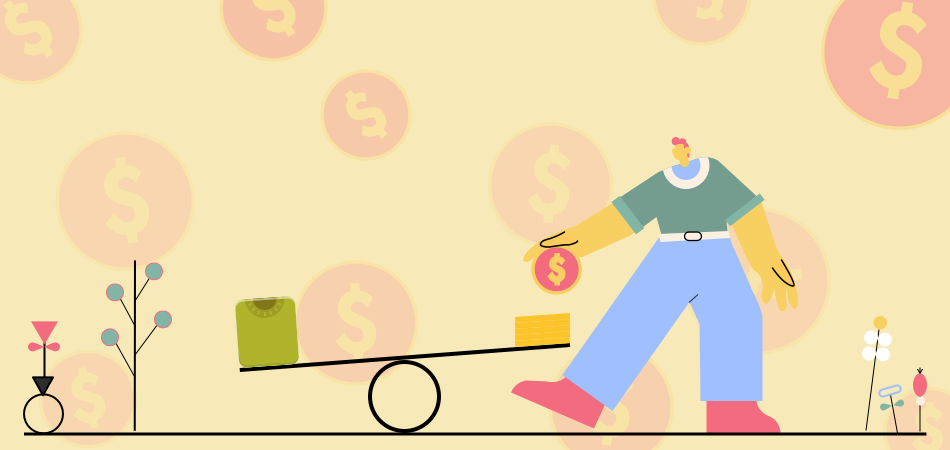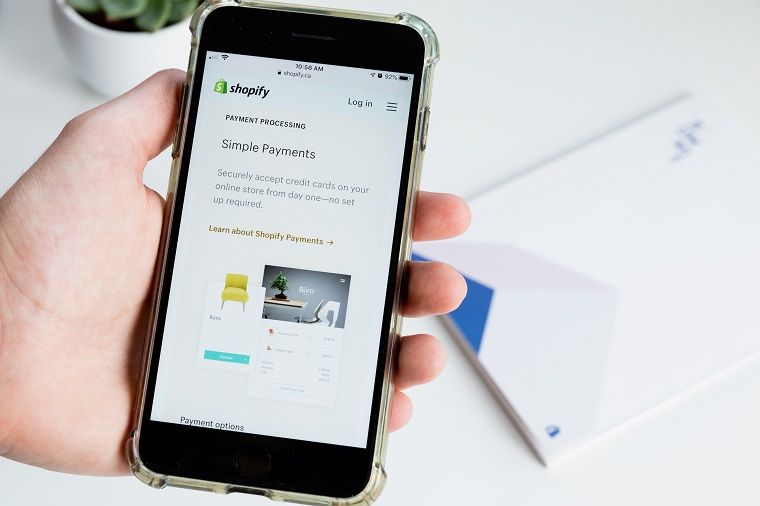How to Price for Your Online Store: 8 Effective Pricing Strategies

Pricing is a major factor in customers' purchasing decisions. That's why small and online business owners need to consider different pricing strategies. The price you choose is how you turn the value of your product or service into cash.
The pricing strategies outlined in this article will help you get to market, meet expenses, and increase profits. However, pricing correctly is not just a matter of choosing the first strategy you see.
Depending on your business stage, different pricing strategies may be used.
What Are Pricing Strategies for Online Business
Essentially, pricing describes how much a company charges for its products. However, figuring out how much your product is worth isn't as easy as you might think. If the price is too low or too high, you could end up losing a potential customer forever.

That's why companies use pricing strategies, which are used to set prices after careful planning and analysis. The goal is to set a price that will boost e-commerce sales while fighting competition. It depends on several factors while deciding which pricing strategy you should use.
Why Are Pricing Strategies Important
The right e-commerce pricing strategy varies from business to business. Even as the business grows, it may need to adjust its strategy. For example, a simple cost-plus pricing strategy focuses on generating profit from each sale. Cost-plus is appropriate for the early stages of an e-commerce business, but may not be sustainable in the long term.

As your business grows, costs may increase exponentially, as may the true cost of each order and/or procurement costs. You need different e-commerce pricing strategies to help you expand your business. Online businesses usually combine different types of pricing strategies that don't hurt profits in the long run.
Even if your e-commerce business is currently profitable, there may be opportunities to further improve profits if you continue to re-evaluate your pricing strategies and improve them.
8 Pricing Strategies for E-commerce
Offering the right price for online products and services can be both exciting and nerve-racking. Where do you start? What is the right price? Set your price too high and you'll never sell anything. Set the price too low and you will lose money.
1. Cost-based Pricing
As the name indicates, cost-based pricing (or cost-plus pricing) calculates the cost of a product or service and adds a standard margin to that cost.
For example, if the total cost of a pair of shoes is $50 to the manufacturer, they can add 50% of the cost to get its selling price, which is $75 ($50 +50%* $50).

Different projects may have different ranges, which can cause prices to fluctuate according to different goals and objectives. Depending on the size of the project and market research, it can also be priced at cost. This is why it is an ideal method of pricing projects.
| Get Started Now to Grow Your Online Business with the Best AliExpress Dropshipping Tool - DSers! |
A dropshipping tool DSers has the Pricing Rule feature that can automatically set the price for your products according to the cost of the products and the rule you set.
2. Competitive Pricing
Competitive pricing, most commonly used in commodities, is based on offering better prices than competitors. This means you compare your prices to those of similar products offered by your competitors across channels and adjust pricing accordingly.

For example, if you run a T-shirt brand targeting Gen Z college students, you may need to use competition-based pricing to compete with other T-shirt brands targeting the same as you do. Taking the time and effort to research your customers can pay dividends for your business.
3. Value-based Pricing
Value-based pricing is often the hardest to implement. This pricing strategy seeks to estimate the determined "value" of a good or service based on the buyer's point of view and then the price is based on the perceived value.

A prime example of value-based pricing is business class airfares. Business-class tickets offer significant value to some customers - added comfort, early boarding, catering, well-rested arrival at destination (considered especially valuable on long-haul flights)- and airlines price these tickets accordingly.
4. Price Skimming
Pricing skimming involves setting the price of a new product very high to take advantage of consumer demand and then eventually lowering the price over time. It works best for highly anticipated, innovative, or current products that have no real competition.
Electronics and games are important areas for pricing skimming. Think of a new Apple product that sells at a premium, or the PS5 that customers are willing to pay top dollar for - even knowing that the price will eventually come down, or that a new version will be released in a year or two.

This can be a great strategy for the right product, but if it backfires, it can also go wrong for your online brand and sales. Before deciding to go with pricing skimming, you should find out if your product is easy to be copied quickly by competitors or not. If you're forced to cut prices soon after launch, you will end up with angry customers and tarnished brands.
5. Loss-leader Pricing
Loss-leader pricing is a great way to get your customers to shop on your online store regularly. Commonly used by retailers such as Amazon and Walmart, loss-leader pricing is to make certain items significantly cheaper than those offered on rival websites.
Loss leader products are sold at a low price to attract customers to your online store or product list. Loss leader pricing works because once you bring customers in, they are likely to browse your other products and buy additional items.

An example of a product that uses loss-leader pricing is the razor blade. Most razors are sold at a lower price with a few sample blades. But when it comes time to buy a new blade, customers may notice a high price tag with the new blades. Because they've already bought a razor, they're likely to pay for the extra blades.
6. Premium Pricing
A low price is not always the most attractive offer. When your target audience is looking for quality rather than deals, you need to show what your brand can offer. Premium pricing strategies can help you establish the perceived value of your product or service from the time of initial release.

Still, while the idea of a premium is usually associated with luxury brands such as Gucci and Porsche, it can be used by any brand. Advil (Pain Relief Medicine), for example, always sets a high price for its products, even though other painkillers work just as well.
Many consumers choose to buy Advil because they may think it works better. They are just paying more for a trusted brand.
7. Dynamic Pricing
Dynamic pricing is a very profitable e-commerce pricing strategy in which marketers set flexible prices by taking into account costs, target profit margins, market demand, and competitors' prices.
In other words, it allows you to set the best price at the right time, in response to real-time demand and competitive conditions, while taking into account your business goals.

For example, if the competition intensifies, you can lower the price so that you are the cheapest seller. If your competitors are out of stock and demand is high, you can raise prices because it's a seller's market.
This is a classic supply and demand. When choosing dynamic pricing, you need to keep a close eye on your competitors, the industry situation, and the holiday seasons like Black Friday & Double Eleven.
8. Bundle Pricing
A bundled pricing strategy is when you offer two or more complementary products or services and sell them for a single price. You can choose to sell only bundled products or services as part of a bundle, or to sell them as components of a bundle with individual products.
This is a great way to add value through your product to customers who are willing to pay extra upfront for multiple products. It can also help you attract customers to your multiple products more quickly.

For your information, DSers offers you the Bundle Product feature that you can sell bundle products in your online store.
| Get Started Now to Grow Your Online Business with the Best AliExpress Dropshipping Tool - DSers! |
Creating a bundle product package is an effective way to encourage buyers to purchase larger quantities of goods for e-commerce. Selling more products, or in larger quantities, can incidentally increase the seller's profits and revenues.
Final Word
While it's a good idea to have one main pricing strategy, combining multiple related strategies may help you increase sales in the long term. For example, you can use cost-plus pricing as the primary strategy while implementing dynamic or bundle pricing during sales.
It’s important to stay open-minded and remember that your pricing strategies can change and evolve as your online store grows.












 Company
Company
 Why Choose DSers
Why Choose DSers
 Blog
Blog
 Help Center
Help Center




 Live Chat
Live Chat